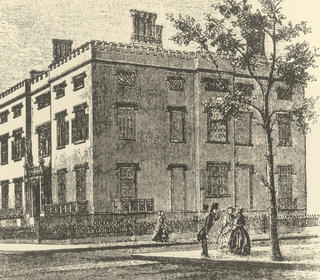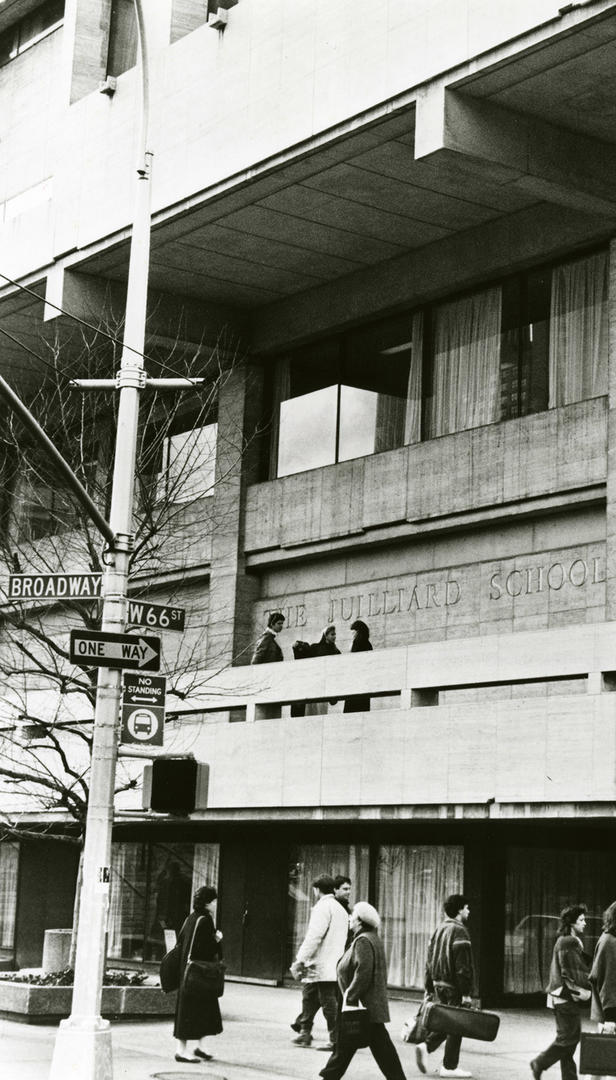Founded as the Institute of Musical Art in 1905, The Juilliard School is a world leader in performing arts education. The school’s mission is to provide the highest caliber of artistic education for gifted musicians, dancers, actors, composers, choreographers, and playwrights from around the world so that they may achieve their fullest potential as artists, leaders, and global citizens. The Institute of Musical Art was founded by Frank Damrosch, the godson of Franz Liszt and the head of music education for New York City’s public schools, with the idea to establish a music conservatory in New York City that would allow talented musicians to gain advanced musical training on American soil, and not have to travel abroad. Prominent faculty were recruited from Europe, among them flutist George Barrere, pianist Sigismond Stojkowski, and violinist Franz Kneisel. With initial enrollment figures nearly five times what was expected, the Institute quickly outgrew its original home at Fifth Avenue and 12th Street, and in 1910, moved to new quarters in Morningside Heights near Columbia University.
Nine years later, Augustus Juilliard, a wealthy textile merchant, left in his will the largest single bequest for the advancement of music at that time. The trustees of the bequest founded the Juilliard Graduate School in 1924 to help talented music students complete their education. In 1926, the Graduate School and the Institute of Musical Art merged to become the Juilliard School of Music under one president, the Columbia University professor John Erskine. Erskine was succeeded in 1937 by concert pianist and composer Ernest Hutcheson, who served in the position until 1945.
Succeeding Hutcheson as president, from 1945 to 1962, composer William Schuman expanded Juilliard’s identity as a conservatory devoted exclusively to music study with the establishment of the Dance Division in 1951, under the direction of Martha Hill. Schuman also established the Juilliard String Quartet, and the Literature and Materials of Music program, a groundbreaking music theory curriculum.

